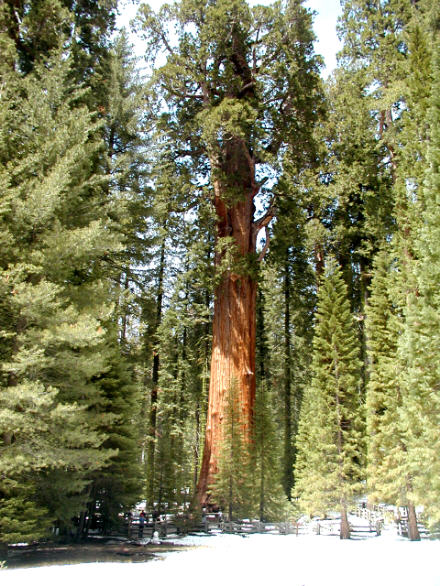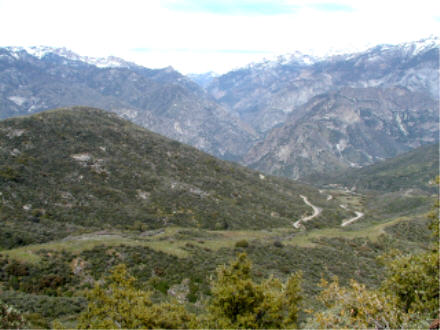I started today by driving down from Palmdale toward Los Angeles to resume my journey on old Route 99. As four lanes of southbound traffic slowed to a crawl at 7:20 AM, I realized that driving into Los Angeles during a Monday rush hour wasn't the brightest idea. I stopped a few miles north of Burbank, turning off to follow San Fernando Valley Road northbound.
This road, like so many of its era, followed the railroad. Unfortunately, this made photography all but impossible, since there was no shoulder or other place to pull off on the northbound side, and too much traffic to make left turns feasible. A few banners proclaiming "Historic Route 99, 1926-63" hung overhead. One local radio station was giving away fifth-row seats to an upcoming Styx/REO Speedwagon/Journey concert. (Second prize: front-row seats. Third prize: a romantic getaway to Somalia and Rwanda.). Another was interviewing teenage actress Brittany Snow, who stars in the latest "gosh, the early 1960s were wonderful" TV series, about music her parents would have heard in their cribs. Both stations were promoting a TV movie about the behind-the-scenes turmoil at "Three's Company." I fled up the side of the mountains as fast as the old road could carry me.
Around Santa Clarita, the old road became "The Old Road," the name it maintained north to Castaic. From here, if I had been really adventurous I could have followed the path of the first auto road to connect Los Angeles with the Central Valley, the Ridge Route, but it's a narrow, winding, isolated trail that I would never want to travel alone, especially in a rental car. I settled for I-5 until 99 finally branched out on its own.
After following 99 through Bakersfield (and noting that the former Deschwanden's Shoe Repair, in a shoe-shaped building, has reopened under new management), I turned east to Sequoia and Kings Canyon National Parks. I had timed my arrival perfectly: several park roads had just opened for the season on Saturday, the snowmelt left every waterfall, and many cliffs, flowing freely, and the steep, twisting park roads were blessedly devoid of cars.
The giant sequoias are the shorter, wider branch of the family. They flourish only in the Sierras, while their taller, narrower giant-redwood cousins hug the northern California coast. Sequoias have no natural enemies -- their bark is poisonous to rodents, insects and fungi -- and can even survive being set on fire by lightning. But their roots are so shallow that if the ground around them erodes, two million pounds of tree can come crashing to the earth. One such fallen giant in the park used to house a souvenir store; another became a makeshift photo opportunity as the drive-on tree.

The General Sherman Tree in the photo is the world's most massive living tree. It stands 275' high and has a circumference of 102' at the base. The first branches are 130' above the ground. Note the size of the people in this photo -- they're most visible to the left of the tree.
In addition to the General Sherman, the General Grant Tree has been officially designated as the national Christmas tree. At some point park officials bowed to pressure from Southerners and named another giant after Robert E. Lee. Outside the redwood groves, both Sequoia and Kings Canyon are primarily hikers' parks, though both would make ideal test tracks for sports cars if the National Park Service could be persuaded to look the other way. Roads cling to the side of mountains, double back on themselves six or seven times, and provide spectacular views in those rare moments when a driver can take his eyes from the road.

Tomorrow I head for Yosemite, where the falls are in full flow but the late-season snows have kept some of the main roads from opening. Later!
Go to the next day
Back to NEWS FROM THE ROAD menu
Back to ROADSIDEPHOTOS.COM home page